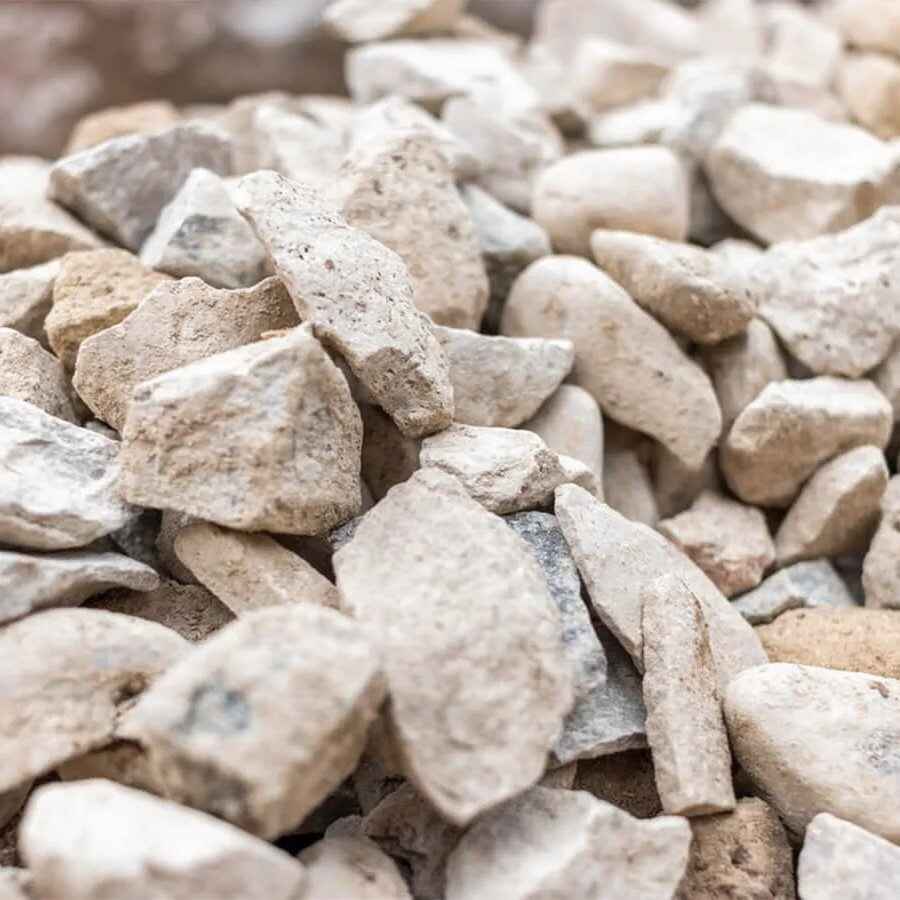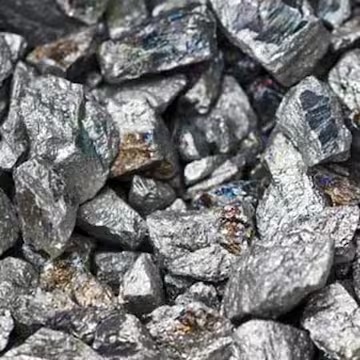CONTACT US
Email: info@springwoodcapital.com
Industrial Minerals

COAL
- Electricity generation (thermal power plants)
- Steel production (coking coal is used in blast furnaces)
- Industrial heating and energy production
- Chemical manufacturing (e.g., for producing coal tar and ammonia)

Limestone
- Cement production (key ingredient in clinker)
- Construction material for roads and buildings
- Soil treatment to neutralize acidity (agricultural lime)
- Production of glass and steel
- Manufacturing of quicklime and slaked lime (used in chemical processes)

Bauxite
- Production of aluminum metal (through the Bayer and Hall-Héroult processes)
- Abrasives and refractories
- Production of alumina (used in chemicals and ceramics)
- Used in the manufacture of cement due to its high aluminum content.

Gypsum
- Production of plaster and drywall (gypsum board)
- Cement production (as a retardant to control setting time)
- Soil conditioner in agriculture (improves soil structure and water infiltration)
- Used in casting molds for dentistry, art, and ceramics.

Kaolin
- Ceramics and porcelain production
- Paper industry (used as a coating to produce a smooth, glossy surface)
- Ingredient in cosmetics and personal care products
- Used in paints as a pigment extender
- Medicinal uses as an absorbent in pharmaceuticals

Pozzolana
- Cement production (used as a partial replacement for Portland cement to improve durability)
- Concrete production (increases strength and water resistance)
- Building materials in ancient and modern construction (e.g., Roman concrete)
- Road stabilization and paving
- Ecologically-friendly construction due to lower carbon footprint compared to conventional cement

Stone Aggregates
- Construction of roads, buildings, and infrastructure
- Concrete production
- Landscaping and drainage projects
- Foundations and structural base layers in construction
Critical Minerals

Chromite
- Stainless steel production (chromium improves corrosion resistance)
- Chrome plating and chrome-based paints
- Production of refractory materials (heat-resistant bricks and linings)
- Pigments and dyes
- In the chemical industry for manufacturing chromium compounds

Copper
- Electrical wiring and components (due to high conductivity)
- Plumbing and roofing materials
- Production of alloys (e.g., bronze, brass)
- Heat exchangers, electronics, and motors
- Essential in the manufacturing of electrical equipment, transformers, and power cables

Manganese

Tantalite
- Production of capacitors and high-performance electronic components (mobile phones, laptops)
- Medical implants (due to biocompatibility)
- Aerospace and aviation industries (in jet engines and turbine blades)
- Superalloys for use in high-temperature environments

Niobium
- Alloying agent in high-strength, low-alloy steels (used in pipelines and structural materials)
- Aerospace industry for jet engines and rockets (due to its heat resistance)
- Superconducting materials in MRI machines and particle accelerators
- Nuclear reactors (due to its resistance to heat and corrosion)

Graphite
- Manufacturing of pencils (as the "lead")
- Lubricants for machinery and motors
- Crucibles for steel and metal production (due to high melting point)
- Lithium-ion batteries (as an anode material)
- Electrode production in arc furnaces

Iron Ore
- Steel production (iron is the main component of steel)
- Iron castings for industrial machinery and automotive parts
- Manufacturing of magnets
- Pigments and catalysts
- Construction materials and tools
